The Fall Of Icarus, 1731 Drawing by Bernard Picart
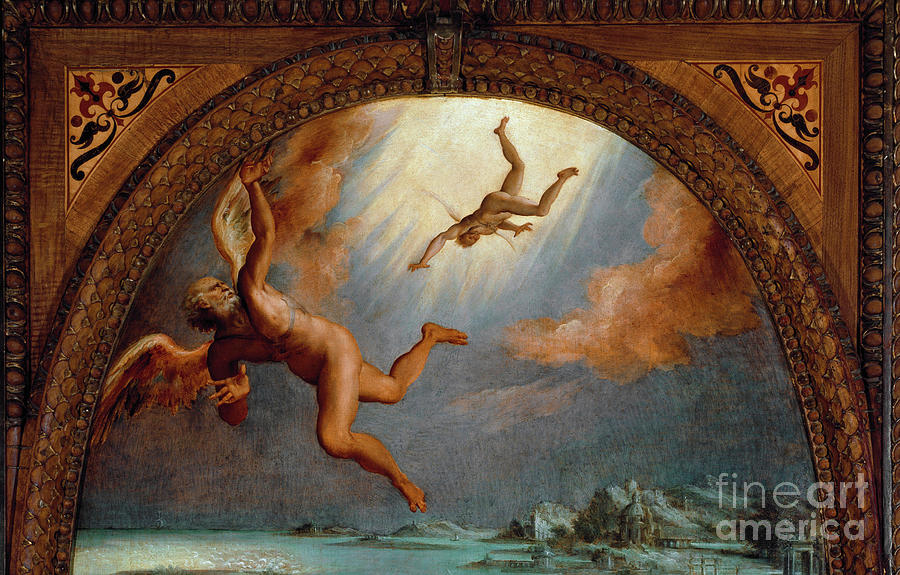
The Fall Of Icarus, Detail, 15701572 Painting by Maso Da San Friano Fine Art America
Icarus is a character in Greek Mythology who fell to his death when the sun melted the wax holding together the wings he was using to fly. Introduction The Fall of Icarus See also
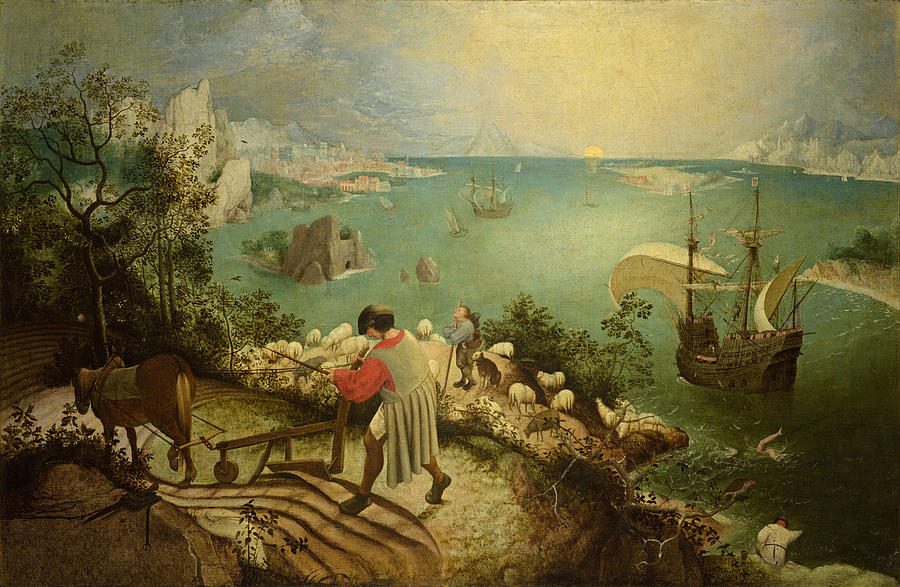
Landscape with the Fall of Icarus by Pieter Bruegel Digital Art by Kinarian Guritno Fine Art
The Fall of Icarus, Pieter Bruegel (c. 1525-69) inspired several poems, two of which are included below, which spoke to the painting's depiction of human ambition as well as humankind's indifference to suffering. Musee des Beaux Arts. W.H. Auden 1938. About suffering they were never wrong, The old Masters: how well they understood
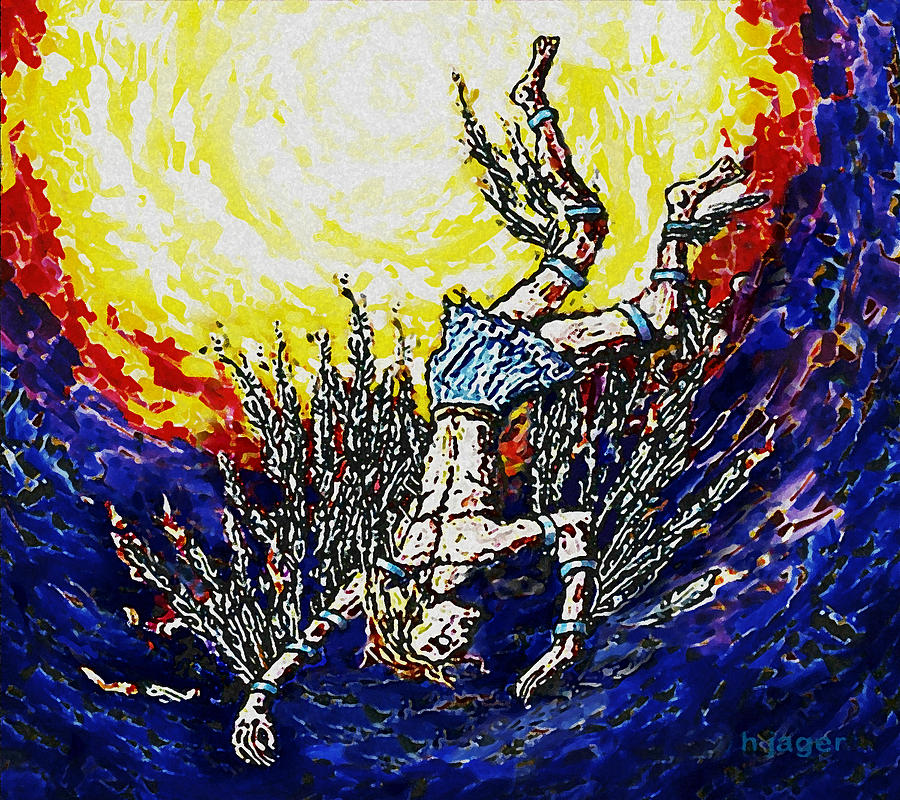
Icarus The Fall Of Man Painting by Hartmut Jager
Icarus flew high in the sky, and when the sun melted the wax, fell into the sea and drowned. The Landscape with the Fall of Icarus is a 28.9 inch × 44.1 inch painting that hangs in the Royal Museums of Fine Arts of Belgium in Brussels. The painting was thought to have been the work of Pieter Bruegel the Elder, but technical examination.

The fall of Icarus CGTrader
Landscape with the Fall of Icarus is a painting in oil on canvas measuring 73.5 by 112 centimetres (28.9 in × 44.1 in) now in the Royal Museums of Fine Arts of Belgium in Brussels.It was long thought to be by the leading painter of Dutch and Flemish Renaissance painting, Pieter Bruegel the Elder.However, following technical examinations in 1996 of the painting hanging in the Brussels museum.
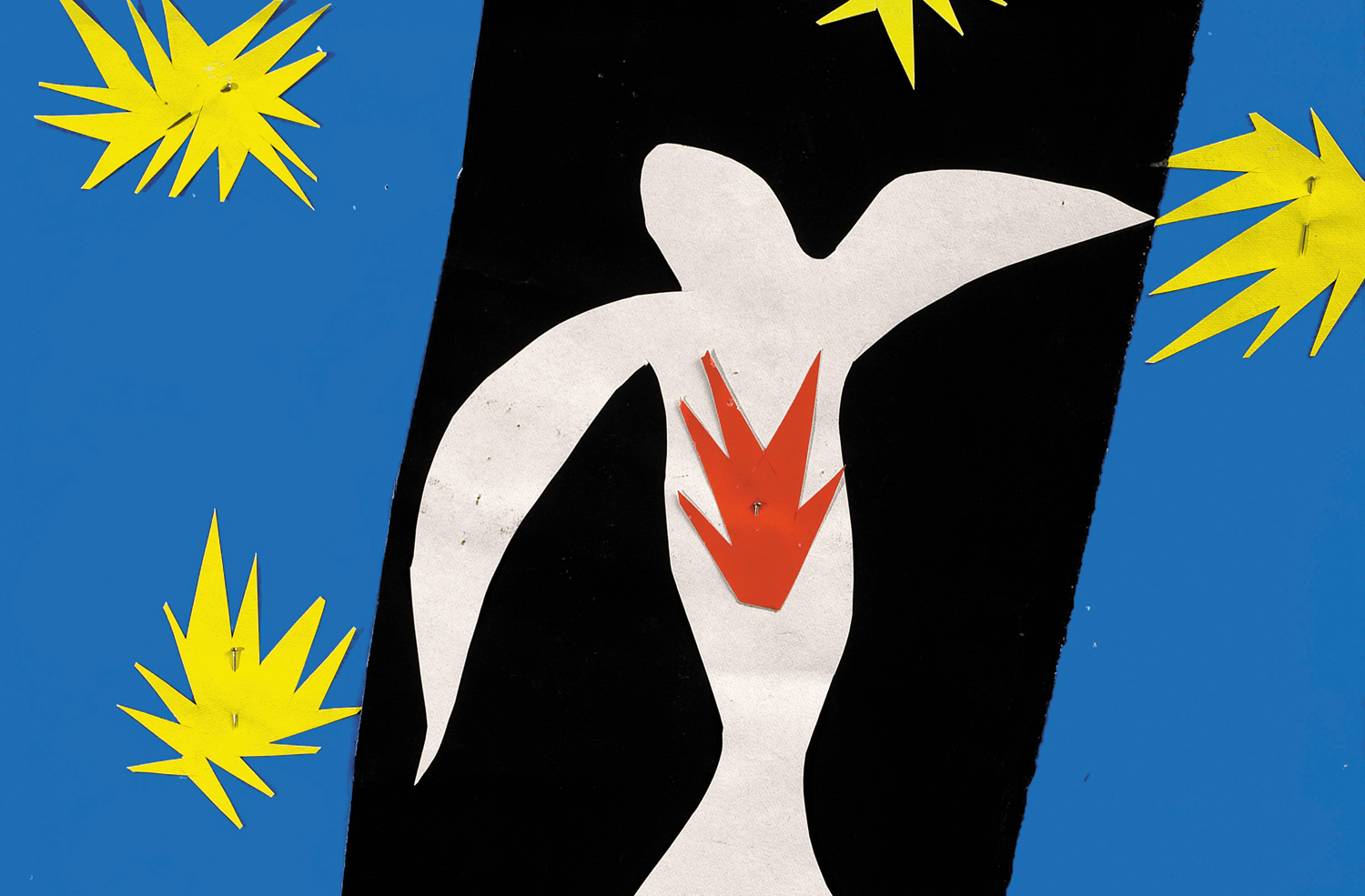
Pictures of Icarus The Nation
Icarus, however, flew too near the Sun, his wings melted, and he fell into the sea and drowned. The island on which his body was washed ashore was later named Icaria. Minos pursued Daedalus to Sicily and was killed there by the daughters of Cocalus, the king of the Sicani, with whom Daedalus was staying.

The Fall Of Icarus Painting by Maso di San Friano Fine Art America
1. Landscape with the Fall of Icarus [1962] - William Carlos Williams (1883-1963) According to Brueghel when Icarus fell it was spring. a farmer was ploughing his field the whole pageantry. of the year was awake tingling near. the edge of the sea concerned with itself. sweating in the sun that melted the wings' wax. unsignificantly off the.

Philadelphia Museum of Art Collections Object The Fall of Icarus
Landscape with the Fall of Icarus. William Carlos Williams According to Brueghel when Icarus fell it was spring a farmer was ploughing his field the whole pageantry of the year was. Icarus drowning Pieter Brueghel, The Fall of Icarus Oil-tempera, 29 inches x 44 inches. Museum of Fine Arts, Brussels.

NPG D13044; 'The fall of Icarus' Portrait National Portrait Gallery
A marble carving. How can I not reach where you are. And pull you back. How can I be. And you not. You're forever on the platform. Seeing the pattern of the train door closing. Then the silver.

The Fall of Icarus CGTrader
"Landscape with the Fall of Icarus" is a poem by one of the foremost figures of 20th-century American poetry, William Carlos Williams, first published in Pictures from Brueghel and Other Poems in 1962. The poem is a work of ekphrasis—writing about a piece of visual art—and is part of a cycle of 10 poems inspired by the paintings of 16th-century artist Pieter Bruegel (or Brueghel) the Elder.
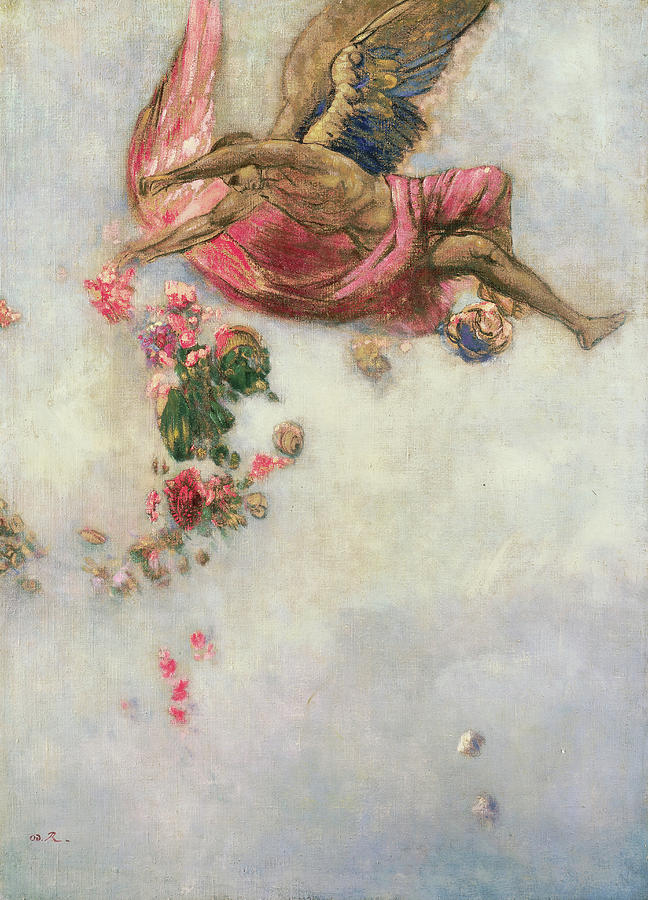
The Fall of Icarus Painting by Odilon Redon Fine Art America
Jacob Peter Gowy's The Fall of Icarus (1635-1637). In Greek mythology, Icarus (/ ˈ ɪ k ə r ə s /; Ancient Greek: Ἴκαρος, romanized: Íkaros, pronounced) was the son of the master craftsman Daedalus, the architect of the labyrinth of Crete.After Theseus, king of Athens and enemy of Minos, escaped from the labyrinth, King Minos suspected that Icarus and Daedalus had revealed the.
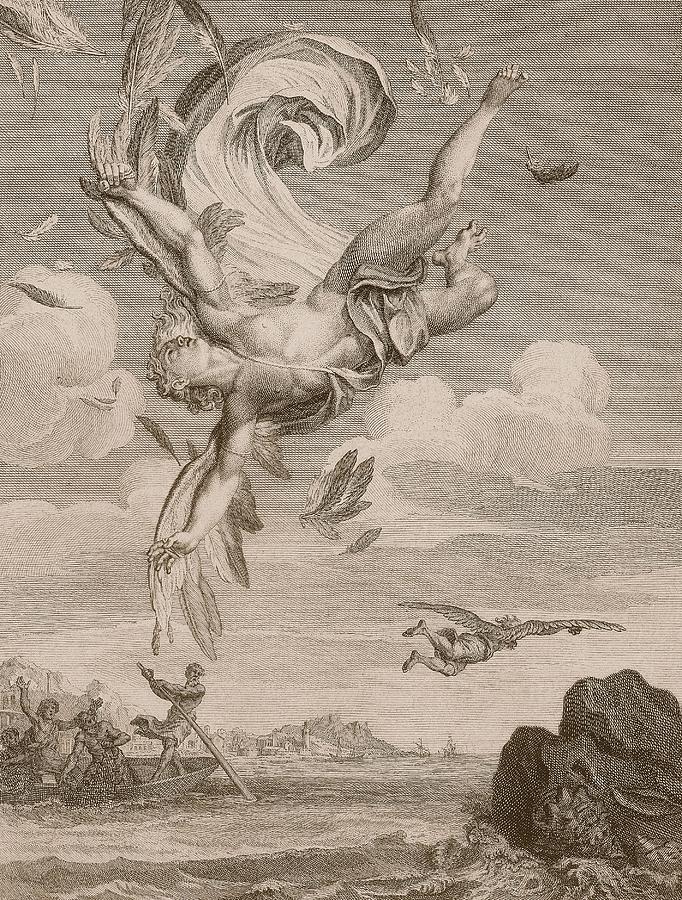
The Fall Of Icarus, 1731 Drawing by Bernard Picart
Varujan Boghosian creates several collages related to the fall of Icarus. Three of these collages, The Fall of Icarus (1991), The Fall of Icarus (The Oasis) (1991), and The Fall of Icarus (For W.H. Auden) (1993), are in the Hood's collection. His earlier Icarus collage, a 1986 The Fall of Icarus resides in the Currier Museum's collection, while his 2010 collage The Flight of Icarus is in.

The Icarus and Daedalus Full Story The most popular Greek myth!
While escaping, Icarus ignored his father's instructions to maintain a course between the heavens and the sea and flew too close to the sun. The wax melted, his wings collapsed and he fell fatally into the sea. This ancient Greek myth was narrated by the Roman poet Ovid in Metamorphoses and has inspired numerous authors, including Shakespeare.

The Fall of Icarus Museum Boijmans Van Beuningen
Ícaro, hijo de Dédalo el constructor del laberinto del Minotauro, trató de huir con su padre de la isla de Creta con unas alas creadas por su padre que había pegado a la espalda con cera. Ovidio cuenta su historia en el libro VIII de las Metamorfosis (185-235): "(.

The fall of Icarus CGTrader
The Fall of Icarus (originally titled The Forces of Life and the Spirit Triumphing over Evil or simply The UNESCO painting) is a 1958 mural by Pablo Picasso.Made of 40 painted mahogany tiles covering 90m 2, it is the artist's largest work.It was commissioned by UNESCO for the organisation's main foyer in Paris and was unveiled on 29 March 1958.
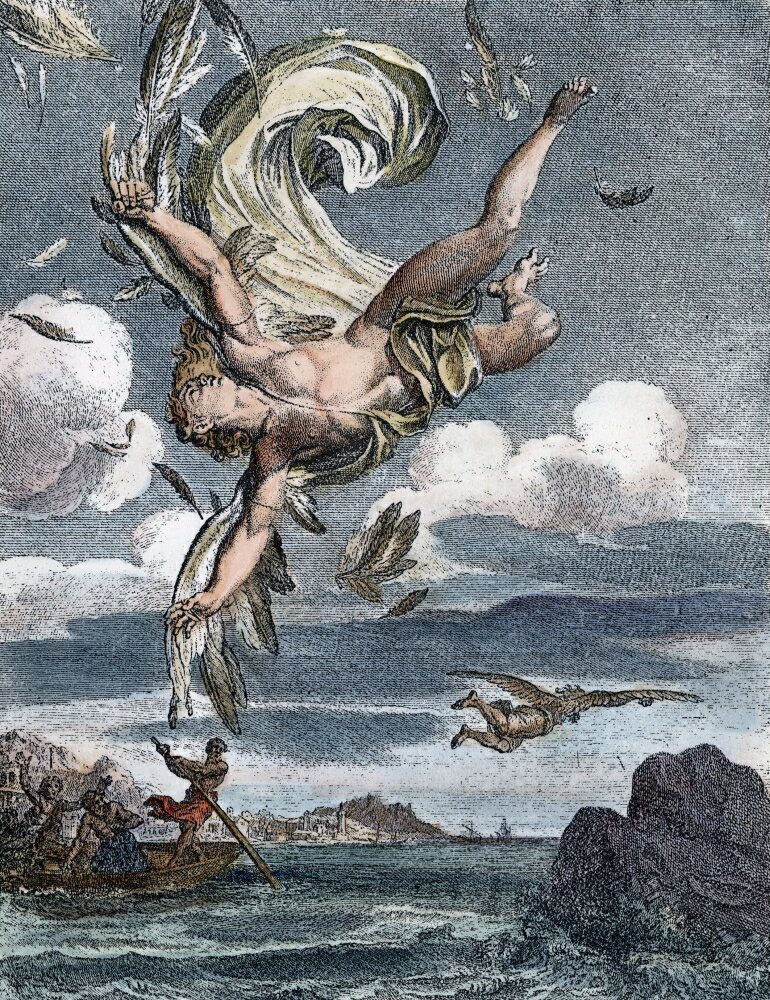
Posterazzi Fall Of Icarus Ncopper Engraving French 1731 By Bernard Picart Rolled Canvas Art
The tragic fall of Icarus begins with his father; in fact, he was the one to suffer and pay for Daedalus' misdeeds. Daedalus worked as an artisan in Athens along with a skillful apprentice named Talus. In a moment of rage and jealousy, Daedalus pushed Talus off the rock of the Acropolis and killed him, even though in some accounts Goddess.
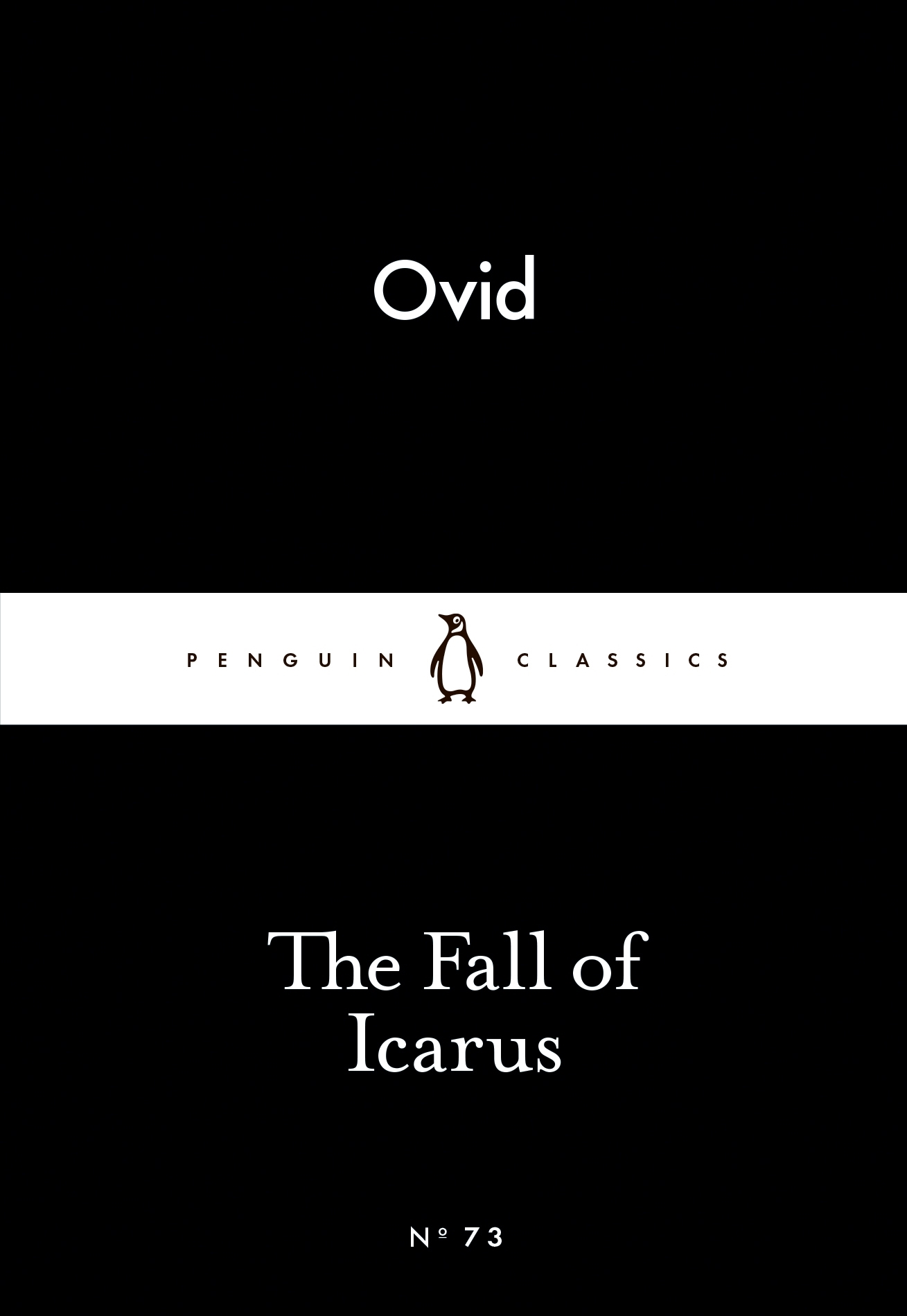
The Fall of Icarus by Ovid Penguin Books Australia
Landscape with the Fall of Icarus is a 16th-century oil painting that depicts the Greek legend of Daedalus and his son Icarus, who flies too close to the sun with wax wings. The painting, which is in the Royal Museum of Fine Arts in Brussels, has long been attributed to Flemish artist Pieter Bruegel the Elder, but it is now believed by some scholars to be a copy likely painted in the 1560s of.